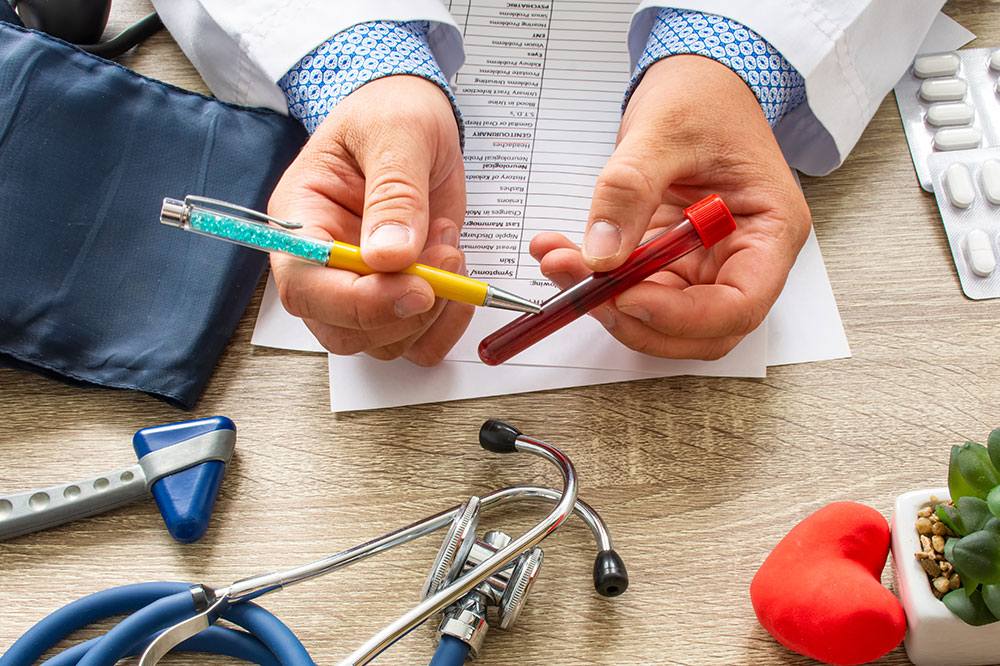
6 Risk Factors of Anemia
Anemia occurs when the number of red blood cells circulating in the bloodstream drops significantly. Since these cells carry oxygen from the lungs to different parts of the body, their deficiency can lead to fatigue, dizziness, shortness of breath, and irregular heartbeats. A variety of factors can interfere with the production of red blood cells, lowering their count. Read on to know some common risk factors of anemia.
1. Diets lacking in essential nutrients
Poor diet is one of the most common risk factors of anemia. A diet consistently low in nutrients like iron, vitamin B-12, vitamin C, and folate may likely lead to iron-deficiency anemia or vitamin-deficiency anemia over time. Studies show that malnourished children and adults in poor regions around the world are more prone to the disease. However, any individual whose diet is devoid of essential nutrients is at an increased risk of developing anemia.
2. Intestinal disorders
Intestinal disorders often affect the small intestine’s ability to absorb nutrients from foods and drinks into the bloodstream. This inability to absorb nutrients, also known as malabsorption syndrome, can lead to deficiencies of essential nutrients, putting an individual at a higher risk for diseases like anemia. The two common disorders known to cause this problem are celiac disease and Crohn’s disease. However, certain other conditions like chronic pancreatitis or cystic fibrosis can also impact nutrient absorption.
3. Menstruation
Iron is an essential component of red blood cells in the blood. The loss of blood during menstrual cycles, especially those with abnormally heavy or prolonged bleeding, makes women more likely to develop iron deficiency anemia. This also means that women who’ve stopped menstruating or postmenopausal women are less likely to get the disease.
4. Pregnancy
Pregnancy is another major risk factor for anemia. That’s because, during pregnancy, a woman needs double the amount of iron to sustain herself and the baby. Iron is a key element in the making of red blood cells that also supplies oxygen to the fetus. A simple way to maintain adequate iron levels during pregnancy is to eat healthy iron-rich foods and pair them with foods that enhance their absorption.
5. Frequent blood donation
Blood donation is completely safe for healthy adults. However, donating blood multiple times in a short period can take a toll on the body and cause iron deficiency. Health experts recommend keeping a gap of at least 56 days between blood donations.
6. Cancer
Different types of cancers affect the body in a variety of ways, some of which can contribute to anemia. Cancer that affects the intestine often leads to internal bleeding and decreased nutrient absorption ability, potentially contributing to anemia. Bone marrow cancers, on the other hand, impact the ability of bone marrow to make enough red blood cells. Even cancers that affect kidneys interfere with the production of erythropoietin (EPO), a hormone that plays a crucial role in the generation of red blood cells. Moreover, cancer treatments like chemotherapy and radiation therapy can hinder red blood cell production.


